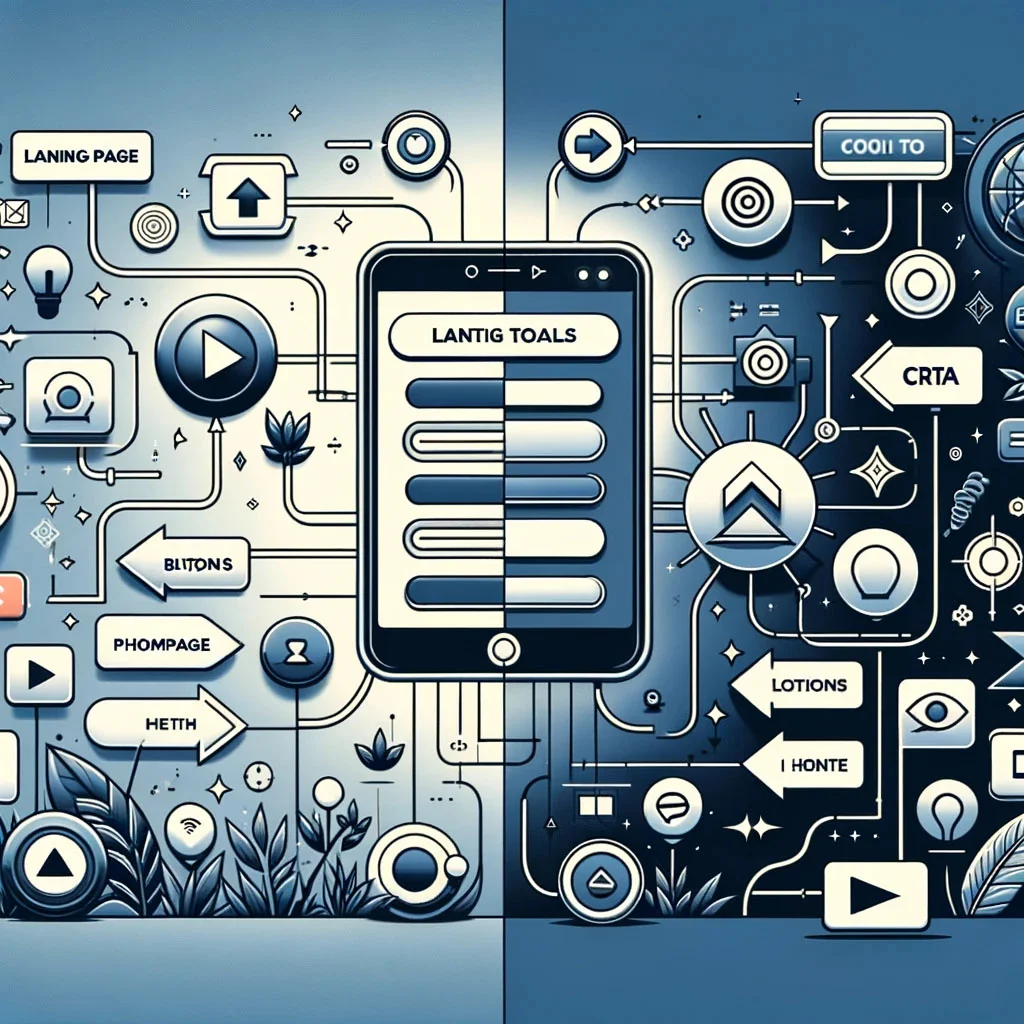Nov 21, 2023
Difference between landing pages and website
In the world of digital marketing and web design, distinguishing between a landing page vs homepage is crucial. While these terms are often used interchangeably, they serve distinct roles in attracting and engaging your audience. This guide delves into the nuances of each, offering insights for those looking to optimize their online presence and marketing campaigns.

What is the difference between landing page and homepage
Understanding the traffic source is crucial in distinguishing between a homepage vs landing page. Each serves a unique purpose based on where and how visitors find your website.
Landing Page Traffic Sources:
Targeted Campaigns: Landing pages excel when linked to specific marketing campaigns. For instance, a Google AdWords campaign for "summer fitness programs" might direct users to a landing page specifically designed for a summer fitness offer. This ensures that the message and design are perfectly in sync with the ad.
Email Marketing: When you send out an email blast about a new product, the included link should lead to a landing page focused solely on that product, rather than your website's homepage.
Social Media Ads: Similar to PPC campaigns, social media ads focused on a particular product or offer should direct traffic to a corresponding landing page.
Homepage Traffic Sources:
Organic Search: When someone searches for your brand name or general industry terms, they're likely to land on your homepage. This traffic is broader and requires a homepage designed to cater to a variety of interests and needs.
Direct Traffic: This includes users who enter your website’s URL directly into their browser. They might be existing customers or people who have come across your business offline.
Actionable Tips:
1. Align Your Landing Page with Your Ad Content: Ensure that your landing page directly reflects the message, offer, or product mentioned in your ad or email. Consistency is key to keeping your visitor engaged and moving towards conversion.
2. Optimize Your Homepage for a Broader Audience: Since your homepage will receive more varied traffic, ensure it's optimized to cater to different user intents. Include clear navigation to product categories, company information, and resources.
3. Use Analytics to Track Success: Utilize tools like Google Analytics to track which sources bring the most traffic to your landing pages and homepage. This data can help you fine-tune your strategy and understand your audience better.
By understanding and optimizing for these distinct traffic sources, you can significantly improve the effectiveness of both your landing pages and your homepage, leading to better user engagement and higher conversion rates.

Visitor Intent: Tailoring Landing Page vs Web Page
Understanding visitor intent is key to optimizing both landing pages and homepages. Each type of page should be crafted to meet the specific expectations and needs of its visitors.
Landing Page Visitor Intent:
Focused and Specific: Visitors arriving at a landing page usually come with a specific purpose or in response to a targeted offer. For example, if someone clicks on a Facebook ad for a special discount on a digital marketing course, they expect the landing page to provide details about that specific offer.
Case Study: ABC Digital Agency's Targeted Landing Page: ABC Digital Agency ran a campaign for their new social media management tool. The ad directed users to a landing page that provided detailed information about the tool, a demo video, and a special launch discount. This strategic alignment resulted in a 50% higher conversion rate compared to their general marketing campaigns.
Homepage Visitor Intent:
Broad and Diverse: The homepage should be designed to accommodate a variety of visitor intents. Some visitors might be looking to learn more about your company, others might be interested in browsing products or services, while some might be seeking customer support.
Example: A visitor who arrives at the homepage of a tech company might want to explore new gadgets, read company news, check job openings, or find customer service information. The homepage should facilitate all these pathways through clear navigation and structured content.
Actionable Tips:
1. Match Landing Page Content with Ad Promises: Ensure your landing page content directly fulfills the expectations set by your ad or promotional material. If your ad speaks about a free ebook, the landing page should prominently feature the ebook download.
1. Design Homepages for Exploration: Incorporate elements like a clear menu, search functionality, and sections for different content types (e.g., products, company information, blog posts) to make exploration easy and intuitive.
1. Utilize User Feedback: Gather user feedback through surveys or usability tests to understand what visitors are looking for on your homepage and landing pages. This information can guide content and design improvements.
Case Study for Homepage Optimization:
TechCorp's Homepage Redesign: TechCorp redesigned their homepage to better align with visitor intent. They included a prominent product showcase, a latest news section, and an easy-to-find support area. Post-redesign, they saw a 30% increase in user engagement and a significant reduction in bounce rate.
By understanding and catering to the specific intents of visitors to your landing pages and homepages, you can create more effective and satisfying user experiences, leading to higher engagement and conversion rates.

Goal of the Page: Focusing on User Actions and Engagement
The goals of landing pages and homepages are distinct and should be strategically crafted to guide user behavior effectively.
Landing Page Goals:
Single, Focused Objective: The primary goal of a landing page is to drive users towards a specific action or call-to-action (CTA). This could be signing up for a newsletter, downloading a resource, registering for a webinar, or making a purchase.
Example: An e-commerce site promoting a new line of shoes might use a landing page with the goal of getting visitors to purchase these new products. The page would feature high-quality images of the shoes, customer testimonials, and a prominent 'Buy Now' CTA.
Homepage Goals:
Diverse Pathways and Exploration: Unlike landing pages, homepages are designed to cater to various user intents and encourage exploration. The goal is to provide a comprehensive portal that intuitively guides visitors to different areas of your site, such as product categories, company information, blog posts, and contact details.
Case Study: XYZ Technology’s Homepage Redesign: XYZ Technology revamped their homepage to enhance user engagement. They included a mix of CTAs like 'Learn More' for their services, 'Read Our Blog' for latest insights, and 'Contact Us' for direct inquiries. This approach led to a 25% increase in page views for their service pages and a 40% uptick in blog traffic.
Actionable Tips:
1. Clarity in CTAs: For landing pages, ensure your CTA is clear, compelling, and visually stands out. It should align with the user’s expectations set by the preceding ad or email.
2. A/B Testing for Optimization: Regularly test different versions of your landing page, experimenting with various elements like CTA button color, placement, and wording to see what resonates best with your audience.
3. Homepage Navigation: Ensure your homepage navigation is intuitive and easy to use. Consider including a search bar, clear menu categories, and visual cues to guide visitors.
4. Balanced Content on Homepage: While providing multiple pathways, ensure that your homepage isn’t overwhelming. Balance promotional content with educational and engaging material to cater to different visitor needs.
Using Analytics for Goal Assessment:
Analyzing user behavior on your landing pages and homepages through tools like Google Analytics can provide valuable insights. Track metrics such as conversion rates on landing pages and bounce rates on homepages to understand how well these pages are meeting their intended goals.
By clearly defining and focusing on the specific goals of your landing pages and homepages, you can create more effective web pages that cater to your target audience's needs, thereby enhancing user experience and increasing the likelihood of achieving desired outcomes.

Content Structure and Strategy: Crafting User-Centric Pages
The content structure and strategy of landing pages and homepages must be thoughtfully designed to meet their respective goals and cater to visitor expectations.
Landing Page Content Strategy:
Focused and Persuasive Content: The content on a landing page is designed to be highly focused on a single offer or message. It's persuasive, aiming to lead the visitor towards a specific action, like a sign-up, purchase, or download.
Example: Consider a landing page for a new fitness app. It would feature compelling headlines, benefits of using the app, testimonials for credibility, and a clear, persuasive CTA like “Start Your Fitness Journey Today.”
Case Study: HealthPlus Landing Page Optimization: HealthPlus redesigned their landing page for a new wellness program, focusing on persuasive content and a strong CTA. This led to a 60% increase in program sign-ups compared to their previous campaign.
Homepage Content Strategy:
Diverse and Informative Content: The homepage should provide an overview of what your business offers. It’s a blend of informative and promotional content, designed to cater to various visitor intents.
Balanced Approach: A tech company's homepage, for instance, might include sections like product highlights, company news, customer testimonials, and a blog excerpt. Each section would serve different user interests, from exploring products to understanding company ethos.
Actionable Tips:
Align Content with User Intent: For landing pages, every piece of content should align with the action you want the user to take. For homepages, balance the content to address different user needs.
Clear and Engaging Headlines: Use headlines that immediately grab attention and clearly convey the value of your offering.
Use of Visuals and Media: Integrate visuals, infographics, and videos to make the content more engaging and easier to digest.
Consistent Branding: Ensure that both your landing pages and homepage reflect your brand's style, tone, and message for a cohesive user experience.
Leveraging Content for SEO and User Engagement:
SEO-Friendly Content on Homepages: While landing pages are often not indexed, homepages play a crucial role in SEO. Incorporate relevant keywords, meta descriptions, and alt text for images to improve your search engine rankings.
Regular Updates and Fresh Content: Keep your homepage dynamic by regularly updating content, such as latest news, blog posts, or product launches, to encourage repeat visits and higher engagement.
By strategically designing the content of your landing pages and homepages, you can create a more engaging and effective user experience, leading to higher conversions and strengthened brand loyalty.
In conclusion, understanding and effectively leveraging the distinct roles of landing pages and homepages is essential in the digital marketing landscape. While landing pages are focused tools designed to convert visitors through specific, targeted content, homepages serve as the welcoming gateway, offering a broader view of your brand and its offerings. By tailoring these pages to their respective audiences and goals, and ensuring the content strategy aligns with user intent, businesses can significantly enhance user engagement, improve conversion rates, and strengthen their online presence. Remember, the key to digital marketing success lies in the details – from the strategic structuring of your pages to the alignment of content with your audience's needs and expectations. As you refine these elements, you'll create a more cohesive, effective, and user-friendly online experience that resonates with your visitors and drives your business goals forward.
